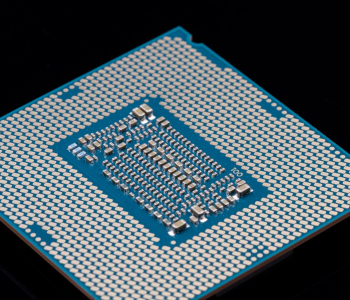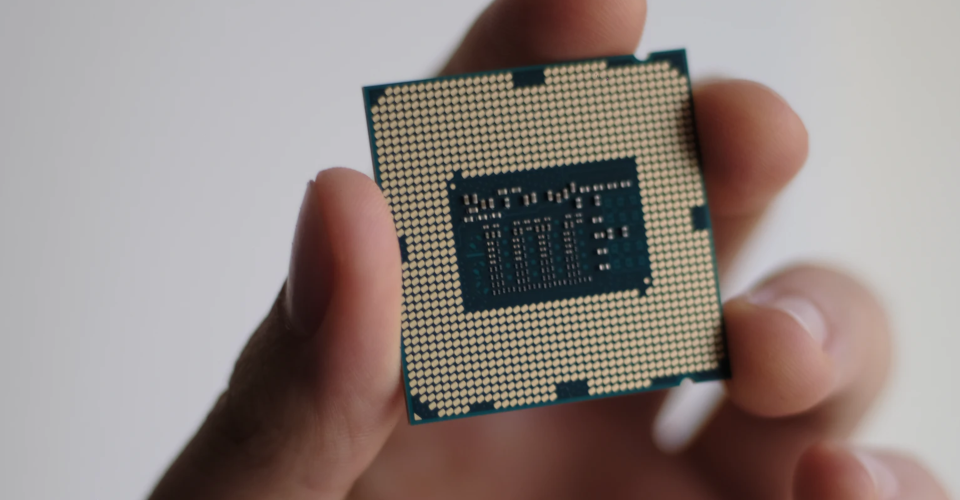Bad CPU Symptoms – How to Tell When Your Processor Is Causing Trouble
The CPU is your system’s brain and has the computing power to process millions of complex requests in the blink of an eye. It’s also one of the most reliable components as CPU failure is rare. Even so, your system might be sluggish or failing to boot because of a dying processor, and here’s everything you need to know about diagnosing and preventing the issue.
If they’re so reliable, why do CPUs malfunction?
Reliable doesn’t mean indestructible. Modern processors are designed with safeguards, but neglect or exposure to too much electricity & heat can still render them inoperable.
Age is among the most common reasons for CPU failure in an otherwise stable system. Each CPU has millions of transistors that work in unison yet can fail after only a handful of them either stop working or get bent out of shape. Regular and prolonged use wears on the processor, so start keeping an eye on it once your computer passes the five-year mark.
Heat is another factor to consider. A working processor generates a lot of heat and needs serious cooling solutions to keep it from burning itself out. That’s why you see so many aftermarket coolers with giant fans and beefy heatsinks, not to mention elaborate water cooling solutions.
Advanced users like to push CPUs to their limit by exceeding their factory clock speeds with overclocking. Doing this results in better performance while subjecting the component to stresses that surpass its safety guidelines. The tradeoff is worth it since you’re getting more power, but the increased stress carries a shortened lifespan with it.
Finally, even the hardiest CPUs are vulnerable to power surges. They may get overloaded by a faulty PSU or the sudden influx of millions of volts caused by a lightning strike.
How to diagnose a CPU failure?

Unlike graphics cards or hard drives that can sputter and wildly fluctuate in performance, a CPU either works or doesn’t. Its safeguards might throttle the processor’s performance due to excess heat, but it should return to normal if you sort the cooling out or lower its clock speed.
Sometimes the CPU won’t fail outright and will cause the computer to freeze up and display a blue screen of death instead. This happens because it’s reaching dangerous heat levels, and your system is shutting itself off to prevent permanent damage. Alternately, BSODs can be caused by anything from poorly-developed OS updates the suspicious software and faulty hardware, so they aren’t a reliable indicator of the CPU’s health.
BSODs are useful in another way – they provide an error code that can explain what caused them. The CPU might not be at fault, but the code may clearly point to other failing components like RAM or the disk drive the OS is on.
Diagnosing and fixing software-related crashes is straightforward, as you can uninstall recently-added programs. Alternatively, you can have Windows perform a deep scan of your storage drives and attempt to repair any issues or remove detected threats.
If the problems persist, it’s time to look at the hardware. The first thing you’ll want to do is remove the side of the case and observe the motherboard and processor during startup. Does the motherboard power on, and is its light blinking? Is the CPU’s cooler spinning? If the answer to both questions is yes, then a bad processor is the likely culprit. An unresponsive motherboard would indicate an issue with either it or the PSU. Broken cooler fans are self-explanatory.
There’s one more component to check before tackling the CPU – the thermal paste. Thermal paste is the compound you apply to the CPU before attaching its cooler. It efficiently conducts heat towards the cooler’s heatsinks and ensures its optimum dissipation. You can diagnose thermal paste issues by going into the BIOS and observing the processor’s temperature. The paste is likely at fault and needs to be reapplied if the CPU’s idle temperature is high – more than 45 degrees Celsius or 113 degrees Fahrenheit – or climbs rapidly when under load.
How to keep your CPU in top form
Sadly, there’s nothing you can do if it turns out that the CPU is indeed dead. The best you can hope for is a free replacement if it’s still under warranty. That being said, there are several things you can do to prevent your next processor from having the same issues.
Ensure that your computer handles excess heat and voltage adequately. Check that your PSU puts out enough power to satisfy the system’s needs comfortably and that it has an 80 PLUS certification. Invest in quality surge protection if you’re in an area prone to thunderstorms and power outages as these can cause surges that are harmful to every component.
Monitor the temperature of other components and see if they’re getting a steady supply of cool air. Consider shifting some cables around if they block air access, or get a larger case with better fans. Speaking of which, most stock CPU fans are adequate if you’re working within safety parameters but can’t handle extreme overclocking. Purchase aftermarket alternatives or liquid solutions instead to optimize cooling.

